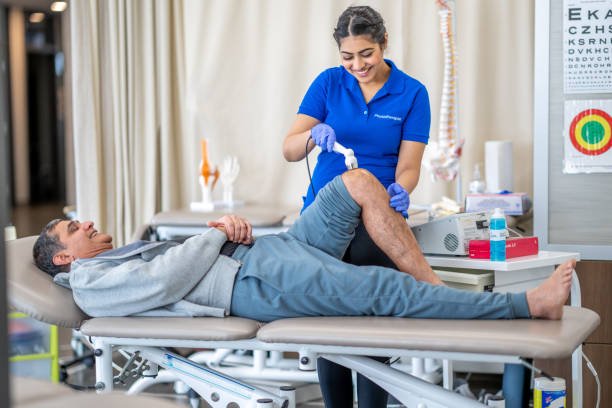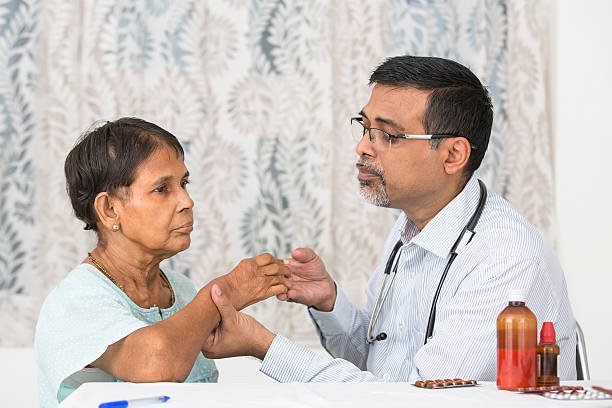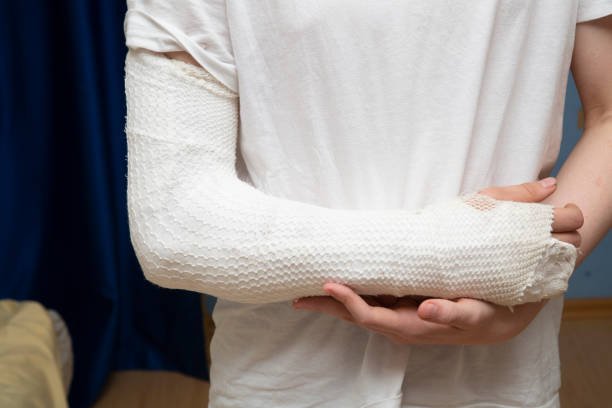Sports injuries are a common occurrence among athletes and fitness enthusiasts. These injuries can range from minor sprains to more severe fractures, and can significantly impact an individual’s ability to participate in sports and physical activities. In this article, we will explore some common sports injuries, their symptoms, and the various treatment methods available.
Sprains and Strains
Sprains and strains are among the most prevalent sports injuries. A sprain occurs when a ligament is stretched or torn, while a strain refers to the stretching or tearing of a muscle or tendon. Symptoms of sprains and strains include pain, swelling, limited range of motion, and bruising. Treatment often involves rest, ice, compression, and elevation (RICE), along with physical therapy to regain strength and flexibility.
Fractures
Fractures, or broken bones, can occur due to the high impact and forces involved in sports activities. Common symptoms of fractures include severe pain, swelling, deformity, and difficulty in moving the affected area. Treatment for fractures typically involves immobilization through casting or splinting, and in some cases, surgery may be required to realign the bones.
Tendonitis
Tendonitis refers to the inflammation of a tendon, which can result from repetitive movements or overuse. Symptoms of tendonitis include pain, swelling, and tenderness in the affected area. Treatment options for tendonitis include rest, physical therapy, anti-inflammatory medications, and in severe cases, corticosteroid injections or surgery.
Concussions
Concussions are a type of traumatic brain injury that can occur in contact sports or activities with a risk of falls. Common symptoms of a concussion include headache, dizziness, confusion, memory problems, and sensitivity to light or noise. Treatment for concussions involves rest, both physical and cognitive, until symptoms subside, followed by a gradual return to activity under medical supervision.
Prevention and Rehabilitation
While some sports injuries are inevitable, there are measures individuals can take to reduce the risk. These include proper warm-up and stretching exercises, using appropriate protective gear, maintaining good physical conditioning, and listening to the body’s signals to avoid overexertion. Additionally, rehabilitation programs play a crucial role in helping athletes recover from injuries and regain their strength and mobility.
In conclusion, sports injuries can vary in their severity and impact on an individual’s athletic performance. Recognizing the symptoms and seeking appropriate treatment is crucial for a timely recovery. By prioritizing injury prevention and adopting proper rehabilitation practices, athletes can minimize the risk of sports-related injuries and enjoy their favorite activities safely.



